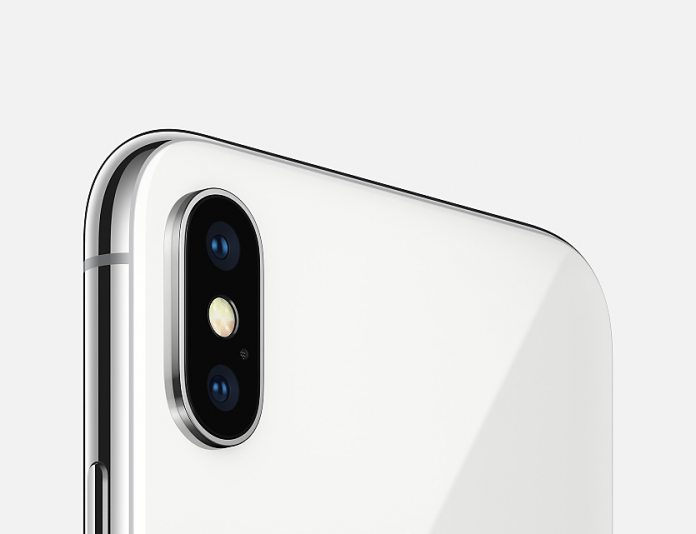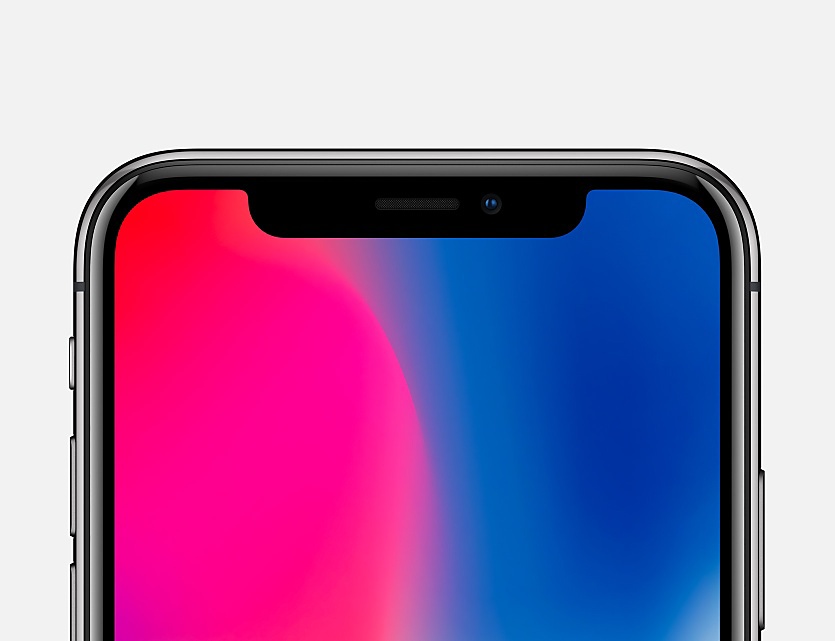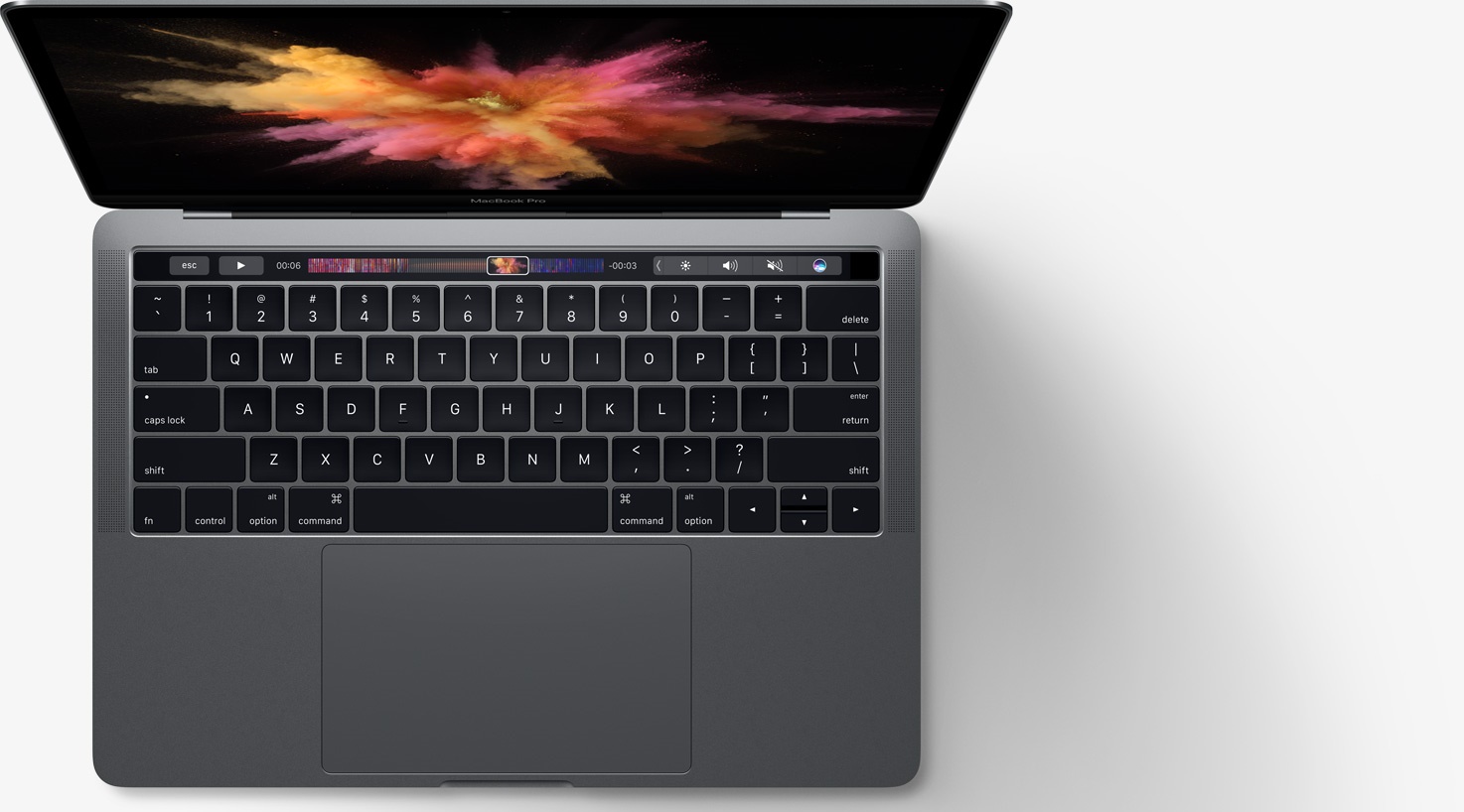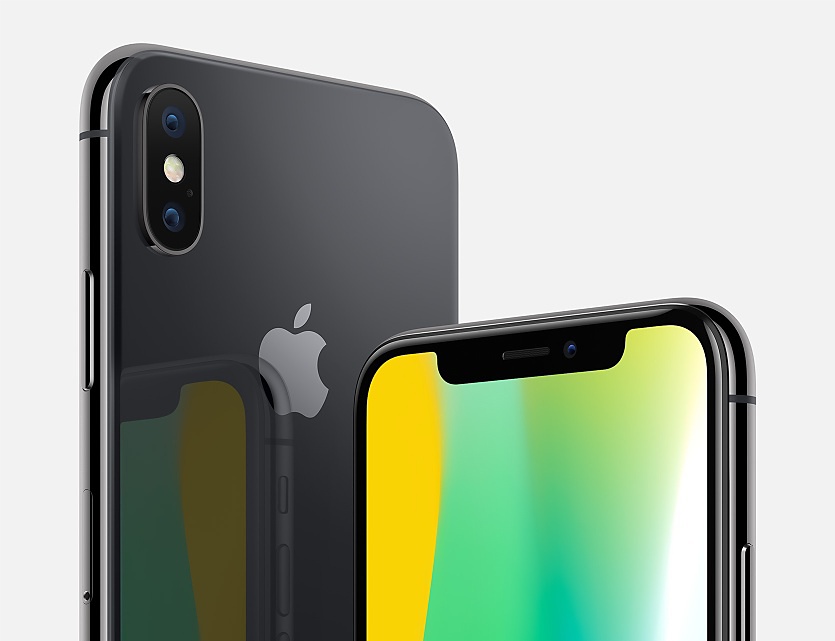1 Bursting the Bubble2 Troubled3 Relying on Smartphones4 Apple’s Problem
Before discussing that, we’ll have a look at the hard data for the company’s smartphone. During the last quarter (which would be the second quarter in the standard fiscal year), iPhone unit sales reached 41.3 million. The company announced $53.3 billion in overall revenue, an increase of 17 percent from the year-ago quarter. Firstly, that mostly matched analyst predictions of around 41.6 million units. Secondly, that figure is a year-on-year increase of 1 percent. You may remember this year Apple has faced rumors that its iPhone sales have declined as customers had not warmed to the new iPhone 8/8 Plus and the iPhone X. Once again, the end-of-quarter financials simply don’t show that. In fact, the increase in iPhone adoption allowed Apple to rake in 20 percent more revenue from the smartphone compared to last year. That’s easily explained by the fact both the iPhone 8s and the iPhone X are more expensive that their predecessors.
The company’s core device now has an Average Selling Price of $724, considering all models. Analysts had predicted the ASP would be $699. Still, the average prices of iPhones has declined since last quarter, where the ASP was $728. More importantly for Apple, the year-on-year ASP is up from $606 in Q3 2017. When discussing Cupertino’s fiscal third quarter, it is important to have one eye on the calendar. Apple traditionally announces new smartphones during its fourth quarter, typically September. That means the third quarter is always the weakest for the company in terms of iPhone sales and revenue.
Bursting the Bubble
Apple is so far clearly in front in terms of market cap value. However, the reason those other tech giants could beat Cupertino to the (largely unimportant) milestone is because they are diversified, and Apple is not. Again, some areas pay off (Azure) and others are more of a challenge (Bing), but the point is Microsoft is not entirely reliant on a single avenue. Yes, if Azure collapsed tomorrow, the company would take an enormous hit and lose a lot in terms of value and investor interest. Such a collapse could even change Microsoft forever, but the company would continue. If the iPhone failed tomorrow, where would Apple turn? It could make the fall of the company. Of course, those are two wildly hypothetical scenarios and as the evidence shows this week, the iPhone is not collapsing anytime soon.
Troubled
Apple will bask in the glory of solid iPhone performance, but below the surface there is a problem. The market-leading smartphone is now solely propping up Apple as the company’s other divisions are simply tanking or not big enough to play a significant role. The iPad has been declining in sales numbers for years. In its third quarter, Apple managed to increase sales by 1 percent year-on-year to 11.55 million units, but revenue dropped 5 percent. More people may have bought an iPad compared to last year, but they paid less to do so. This is evidenced by the ASP, while is down from $434 Q3 2017 to $410 this year.
Yes, this reflects the general tablet market. Customers don’t feel the need to update their iPad every year in the way they might a smartphone… or even every two years. As long as the software is supported, why would a customer update a working iPad unless they needed the latest and greatest? It is worth pointing out that the iPad is still the most successful single-selling tablet on the market. As for Mac, I discussed Apple’s declining PC sales in another post this morning. The short of the story is the company’s Mac sales are collapsing despite a general resurgence in the PC market. Sales for Mac fell to a seven-year low of 3.72 million in Q3. So-called “Other Products” like AirPods, Apple Watch, Apple TV, Beats, and iPod brought revenue of $3.74 billion, up 37 percent compared to last year’s $2.73 billion.
Relying on Smartphones
Still, there are plenty of industry watchers who believe the smartphone bubble will eventually burst or is already in the process of doing so. Microsoft is banking on such a situation if it is to return to mobile hardware with its “game-changing” ideas. Smartphone sales are declining, seeing a first ever year-on-year decrease in 2017. A 5.4 percent decline in Q4 last year suggests people are slowly changing their habits. Buying an $800-$1000 flagship each year is increasingly becoming something consumers don’t want to do. There will always be the latest and greatest crowd, but the smartphone market is so full that many users can get all they need from a device that costs $400. Consumers are also starting to understand the incremental nature of the market. OEMs change devices every year, bumping them for better processors, screens, and other tech aspects. That’s fine, but consumers are starting to realize these component upgrades do little to change the experience for the average user. In response, they are slowly but surely buying less handsets.
A quick scan through the smartphone literature over the last two years shows many believe the bubble is bursting. I tend to disagree and there are several reasons. Sure, we are unlikely to see the kind of proliferation observed earlier in the smartphone market. However, a small percentage decline in sales does not constitute a bursting bubble. In fact, it does not even point to a trend. If you want evidence of a market that burst, look to PCs, where a decline happened over years. Perhaps we will see the market stabilize more, but the smartphone is very much the device people use to connect, communicate, navigate, and entertain themselves. We are now in a deeply connected world. Devices are connected, and people are connected to their device. Is there really any hardware on the horizon that would allow users to connect in a way a handset does? The answer is no, however interesting mixed reality may be, it still feels nascent enough to be deemed something for the future.
Apple’s Problem
That brings us back to Apple. The company is hardly in any danger as iPhone sales continue to be healthy and the smartphone market is here to stay. However, if iPhone sales declined individually the company would be in significant trouble. We consistently see reports about Cupertino developing innovative technology in virtual reality, TV streaming, AI, and other areas. Rarely do we see those projects come to fruition. Yes, Apple always does things behind closed doors, but other companies have evidence for their developments in the aforementioned areas. Microsoft and Google’s push towards AI is visible in the numerous projects, published research, and services the company’s have created. The same can be said for virtual and mixed reality. Those are technologies for the future, but their development is now. Apple seems to be behind in several key research and development areas. I have often said that Apple is not the great innovator the company and its “fans” think it is. Apple didn’t invent the mp3 player, the smartphone, or the tablet. What the company did was take an existing tech concept and create something extremely viable for the consumer. The iPod defined the MP3 players, the iPad defined the tablet, and the iPhone defined the smartphone. Huge praise should be handed to the company for all those things by the way. Yet, it is looking increasingly likely that Apple will need to stand on an upcoming tech trend and revolutionize it again if it is to have a life beyond the phone.







